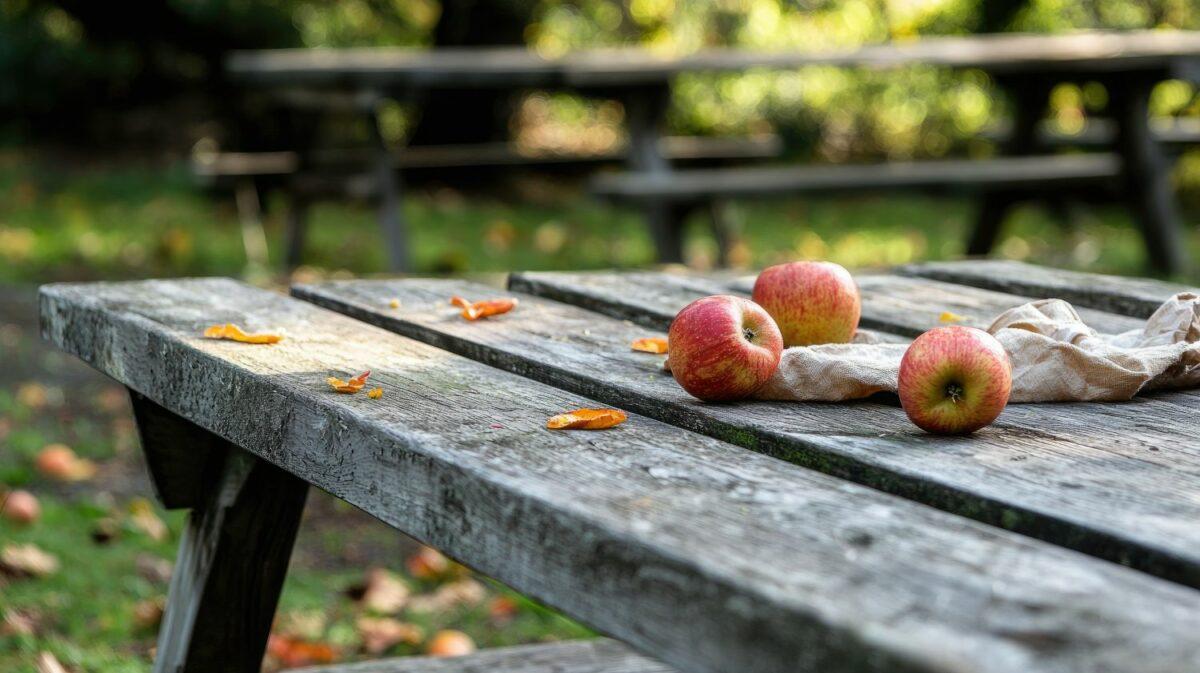When you’re on vacation and have packed an apple or banana as a snack, you may ask yourself this very question. However, you shouldn’t throw fruit peels into nature. Here’s why: IMAGE: ©Radetdararith| Stock.Adobe.com (AI generated)
The forest is not a bin for organic waste
You find a nice picnic spot, but you see that other people have been there before and left their fruit peels behind. Would you like that? Probably not. At least the ground is happy, right? Not necessarily. For example, fruit and vegetables from conventional farming can be contaminated with pesticides.
Tropical fruits do not rot well in colder climates
According to the Austrian Alpine Association and SWR, tropical fruits like bananas spoil fastest in tropical climates, where it is warm and humid and teeming with microorganisms that swiftly attack the peel. The same applies to other fruits from warm regions. When these fruits are thrown onto Alpine peaks, however, the rotting process almost comes to a standstill and can take years. Therefore, banana peels do not belong in compost but rather in organic waste.
Decomposition times of fruit peels:
| Banana peels | 6 weeks and up to 2 Jahre | Source: Alpenverein
|
| Orange peels | 2 to 3 years | Source: Alpenverein |
| Apple cores | 2 weeks | Source: Augsburger Allgemeine |
| Pineapple peel | 1 to 5 weeks | Source: Research Gate |
| Peach | 2 to 4 weeks for the pulp, the core several years | Source: Green Washing Index |
As you can see from the table, it may be “out of sight, out of mind” for you. However, this does not apply to the environment because decomposition can take several years. Even fruit scraps that rot relatively quickly, such as apple cores, attract pests during decomposition. This is an especially big nuisance in cities, and it’s not something any of us want to deal with. For me at least, having to fight off wasps for my piece of cake is enough 😀
Conclusion: Ideally, fruit peels should be disposed of as organic waste. Here, they are collected, separated, and recycled.




